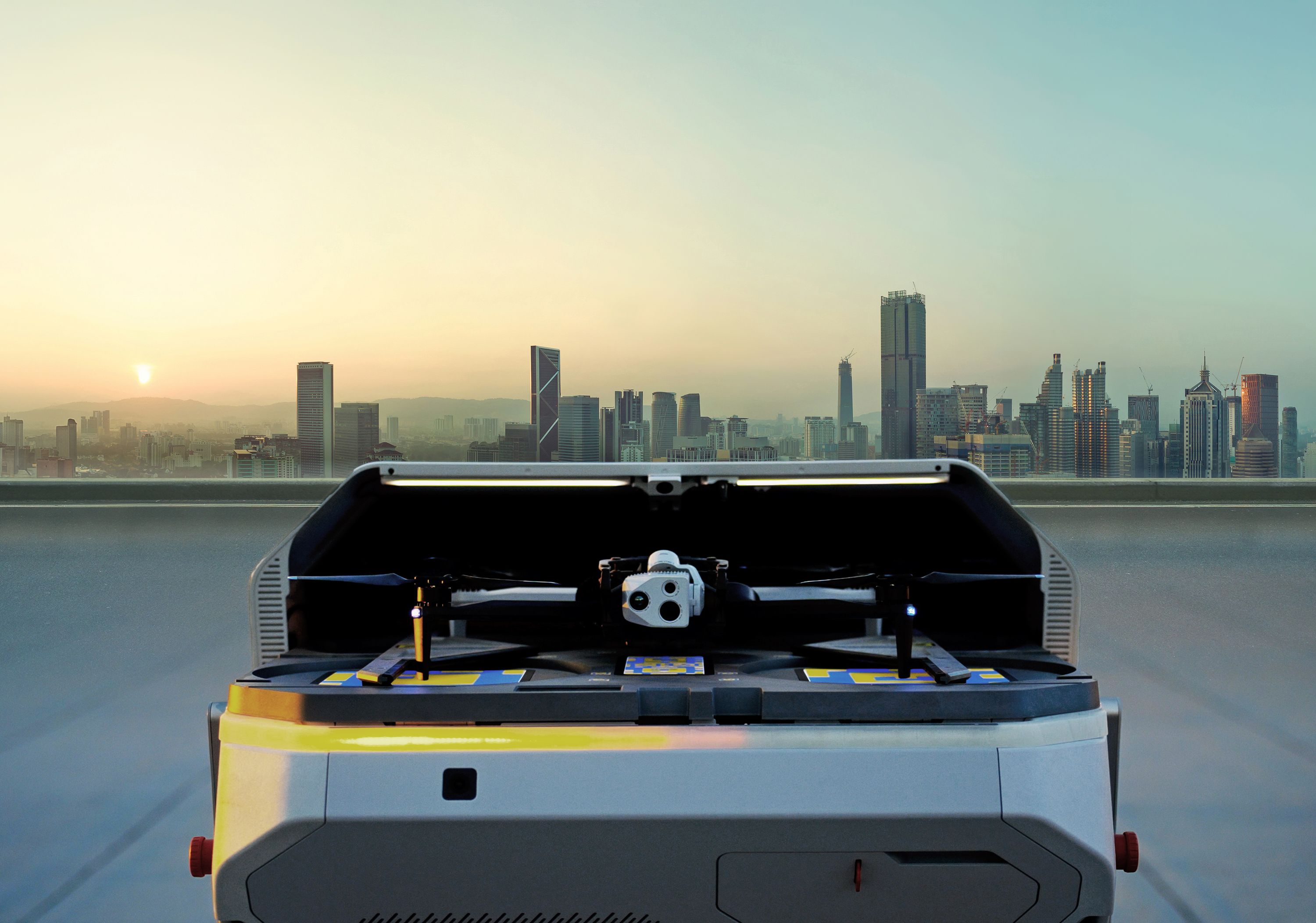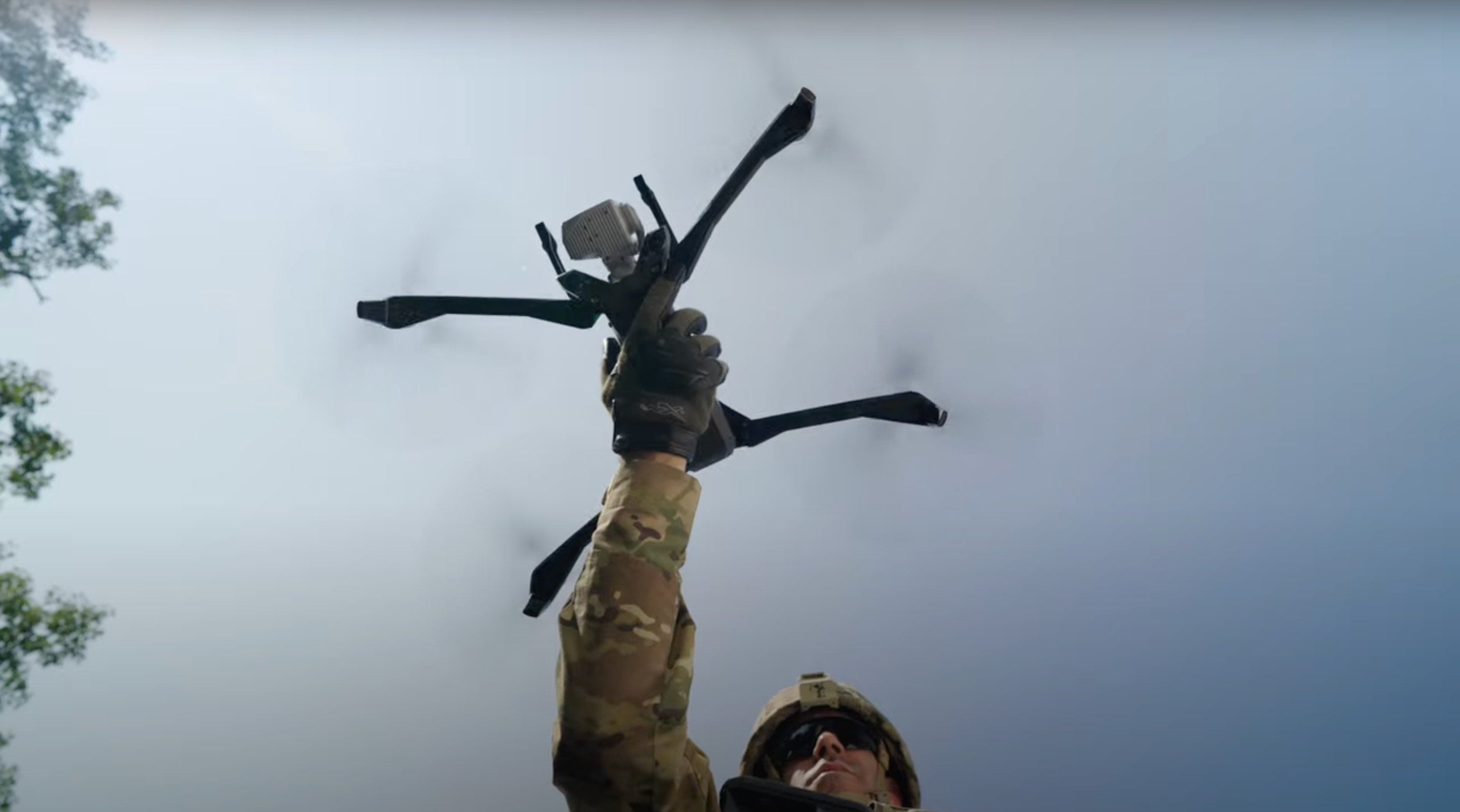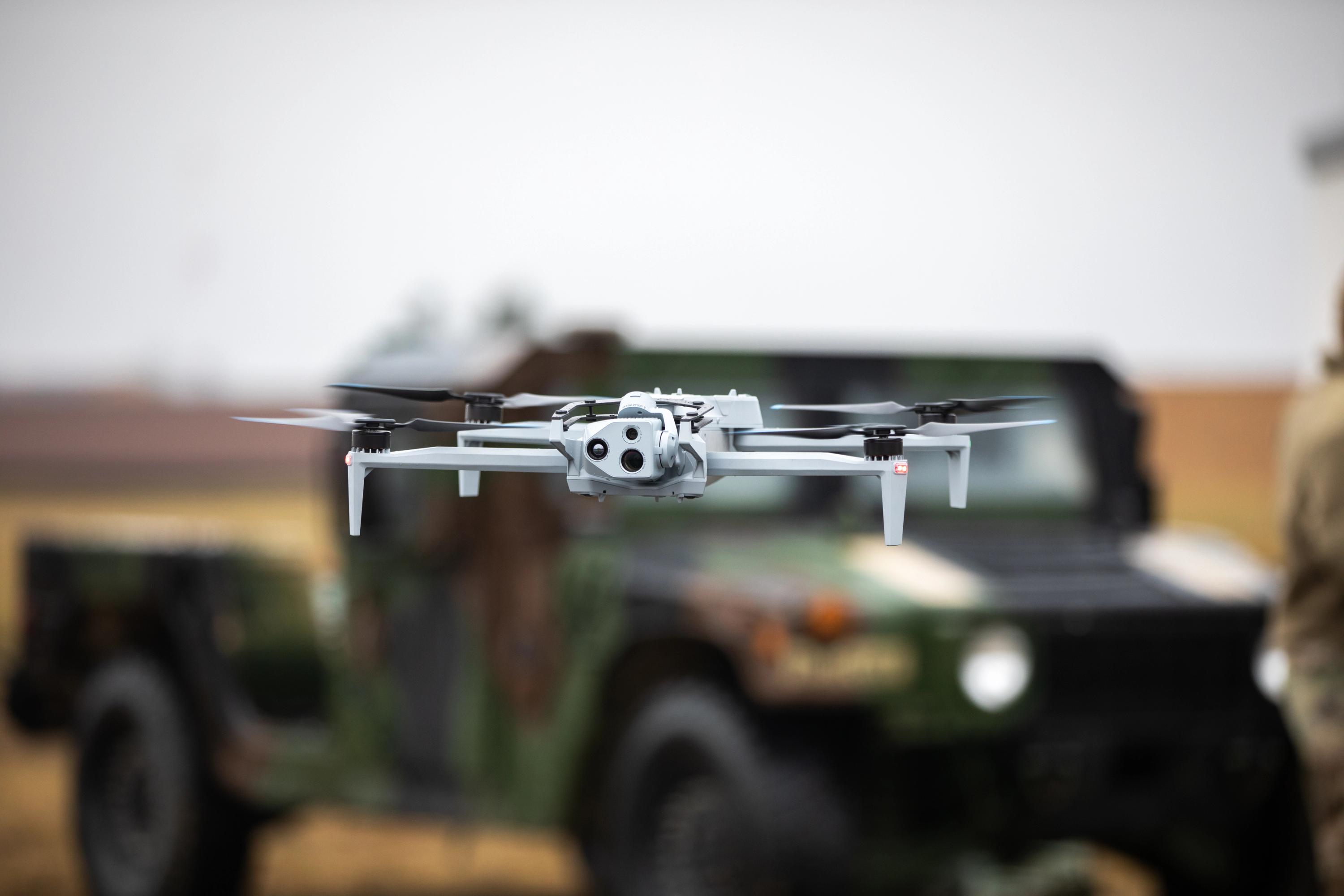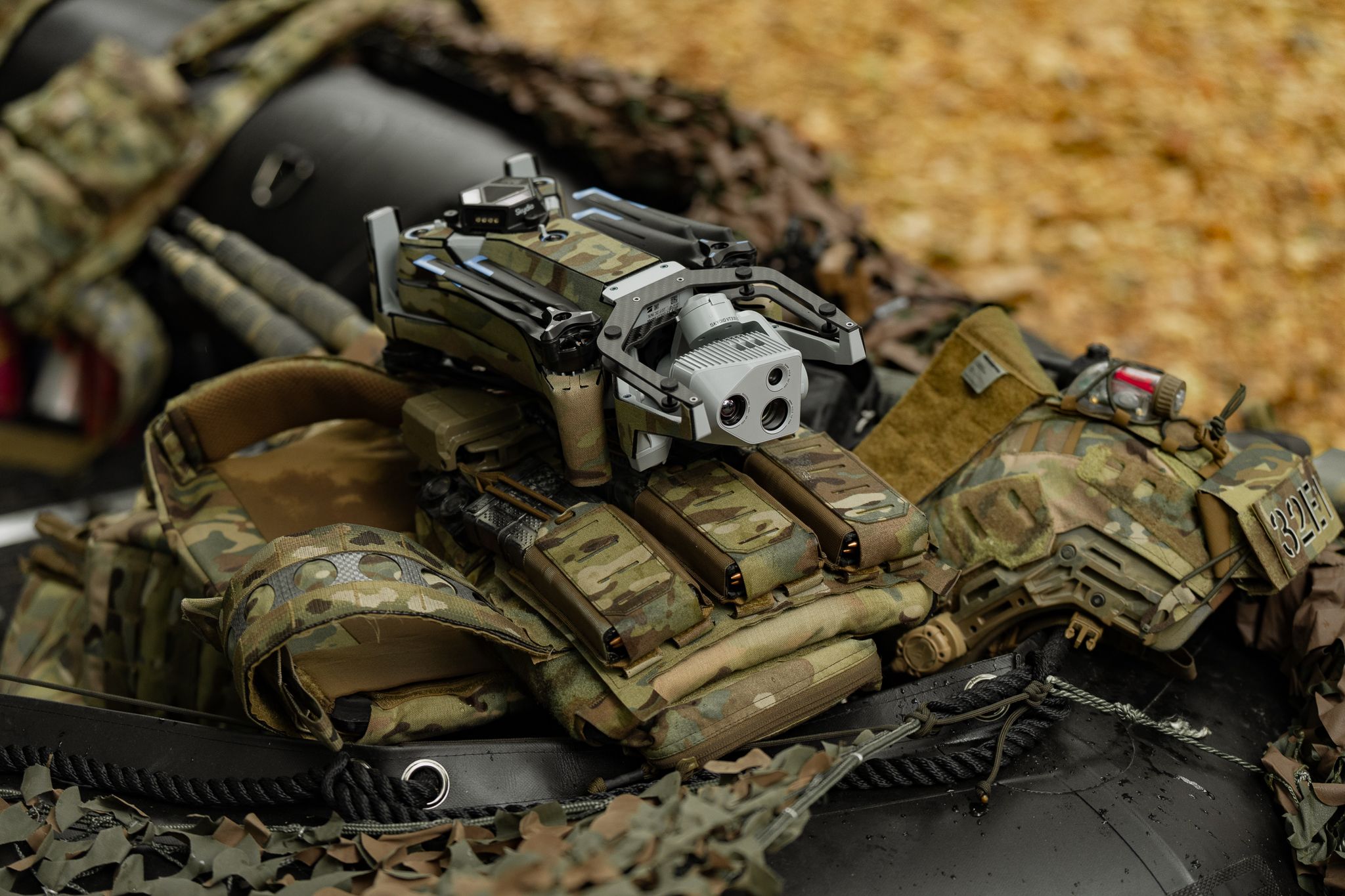How Skydio Empowers Advanced Technology and Operational Effectiveness for the U.S. Military
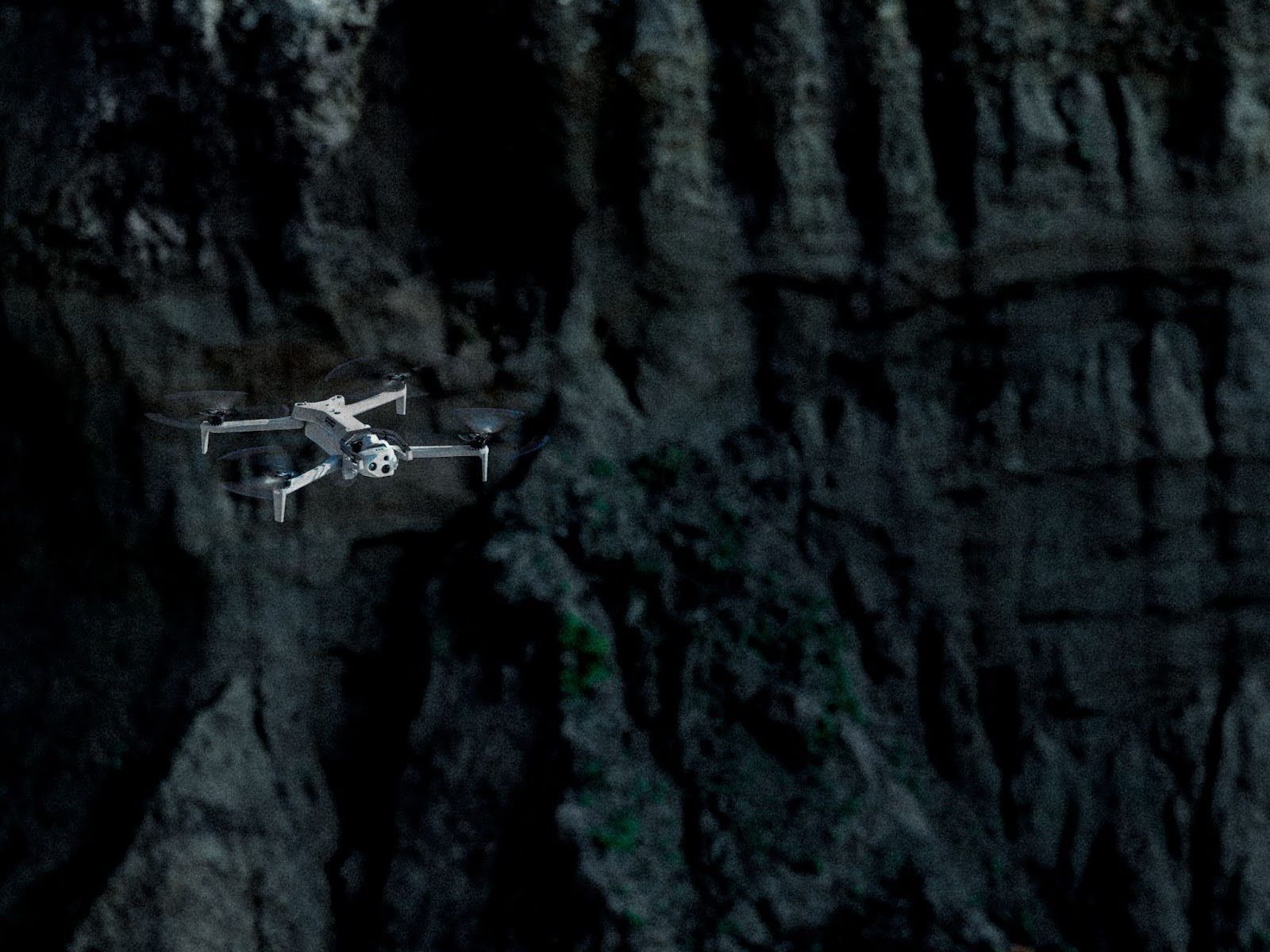
Introduction
Over the past three decades, military tactics have evolved dramatically, driven by rapid technological advancements and the implementation of military offset strategies. During the Gulf War, the U.S. relied heavily on precision-guided munitions and superior air power. Today, the focus has shifted to leveraging artificial intelligence, autonomous systems, and cyber capabilities to maintain a competitive edge. This “Third Offset Strategy”, for example, emphasizes developing advanced technologies like autonomous drones to counter adversaries' capabilities and enhance battlefield effectiveness, ensuring dominance in an increasingly complex and contested environment. One example of advanced technology for the battlefield is the use of drones for Defense.
When it comes to drones, the military has been using drone technology for more than a hundred years, starting with using drones to train aircraft gunners or as decoys. However, in the 1980s and 90s, the U.S. military began heavily investing in drone tech which provided missile strike capabilities and high-altitude surveillance. This era of drones set the modern-day perception of military drone use as strategic assets, equipped with missiles.
Today, small drones such as the Skydio X10D, offer enhanced maneuverability, quick deployment, and real-time, tactical-level Intelligence, Surveillance, and Reconnaissance (ISR) that is crucial for short-range reconnaissance missions. Small Uncrewed Aircraft Systems (sUAS) provide immediate situational awareness and support rapid decision-making on the battlefield.
Enhancing defense capabilities with Skydio's autonomous drones
Choosing the right drone platform can be a daunting task, especially when lives are on the line. The U.S. Army’s adoption of Skydio for the Short-Range Reconnaissance (SRR) Uncrewed Aircraft Systems (UAS) program highlights how advanced technology can make an operational difference on the battlefield. Skydio's innovation in autonomy, computer vision, and electronic warfare (EW) resiliency are just a few examples of how to leverage tech to ensure our warfighters have the most advanced tools to stay ahead of the adversary.

Extensive support for the U.S. Army
Skydio’s relationship with the U.S. Army is built on a foundation of trust and innovation. Starting with our selection for the SRR program, Skydio drones have consistently met the Army’s rigorous standards. Our drones, like the X2D and X10D, have undergone extensive testing and integration into Army units, proving their effectiveness. This ongoing collaboration ensures that our technology continues to enhance the Army's tactical ISR capabilities, directly contributing to mission success.
- Initial Engagement: Skydio's entry into the Army’s SRR program marked a significant milestone. Our drones were selected for their superior autonomy, resilience, and advanced ISR capabilities.
- Progression and Integration: Through continuous collaboration and innovation, Skydio has delivered drones that meet the stringent requirements of the Army. Our drones have undergone rigorous testing and have been integrated into various Army units, enhancing their reconnaissance and surveillance capabilities.
- Program Achievements: Skydio drones, such as the X2D and X10D, have reached the final phases of the SRR program. The Army is utilizing Skydio technology to provide critical ISR data, improve situational awareness, and support tactical decision-making.
Collaborations with Defense Innovation Unit and U.S. Marine Corps
Skydio's partnerships amplify our impact across various defense initiatives. Our collaboration with the Defense Innovation Unit (DIU) through the Blue UAS framework is a game-changer. This framework allows for rapid deployment of reliable and secure drones like the X10D.
The DIU selected Skydio as a trusted drone provider for the U.S. Federal Government under the Blue UAS program nearly four years ago. This project focuses on delivering cost-effective, portable, and secure sUAS, highlighting the advanced autonomy and high standards of cyber and supply chain security that Skydio drones offer. Our live demonstrations for the DIU showcased Skydio's capabilities in reconnaissance, search and rescue, and security patrol missions, solidifying Skydio’s role in providing cutting-edge technology to meet the needs of various U.S. government agencies.
The U.S. Marine Corps has also integrated Skydio into their operations, showcasing significant improvements in ISR capabilities. Marines dominate today's battlefield by equipping small units with robust technical capabilities intended to achieve decisive advantage across multiple warfighting domains. Skydio's 'smart' quadcopters are uniquely suited for this modern fight because they leverage AI-driven autonomy to make any Marine an expert sUAS operator in any operating environment."
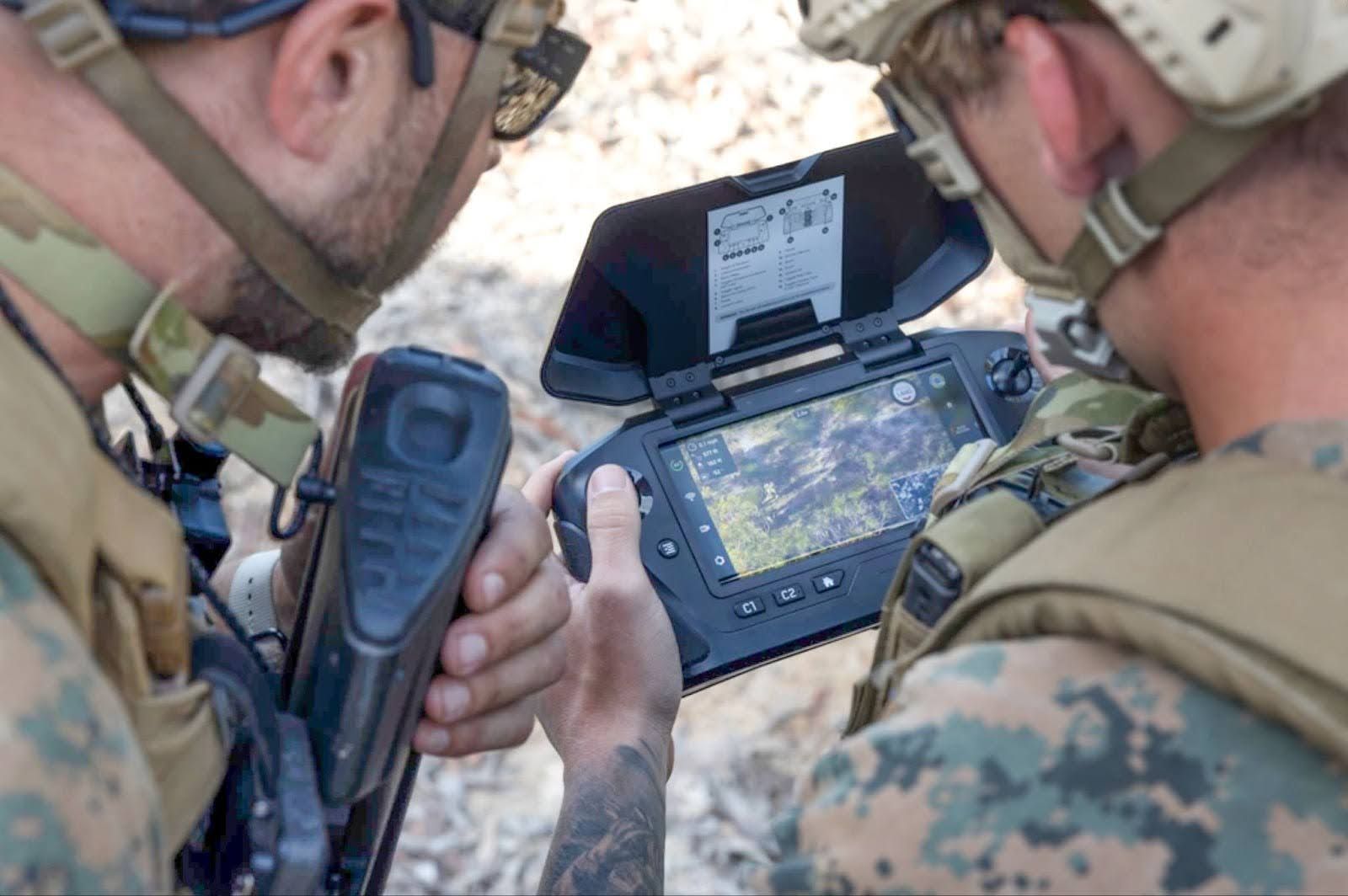
Skydio's commitment to innovation
Let’s dive into how Skydio's relentless pursuit of innovation is advancing defense technology. Our drones, particularly the Skydio X10D, are packed with cutting-edge artificial intelligence (AI), sensors, and system integration that empower tactical decision making. Imagine a drone that can be quickly deployed day or night, autonomously navigate complex terrains, conduct precise reconnaissance, and deliver critical intelligence without needing GPS. The X10D, is ready to enhance situational awareness and mission capability in the toughest environments.
At Skydio, we started by designing the software and processing power first, leveraging the best in AI to redefine the boundaries of what drones can achieve. The X10D's ability to process 100 million calculations per second allows it to autonomously navigate, avoid obstacles, and return to base, even in the most challenging conditions. This level of autonomy ensures that our warfighters have a reliable tool that enhances their operational effectiveness without adding to their cognitive load.
EW resiliency and tactical ISR with Skydio X10D
Next up is the X10D’s impressive electronic warfare (EW) resiliency. This drone is built to withstand sophisticated jamming and spoofing tactics. Whether it’s capturing detailed imagery with its 4K cameras, scouting for people or vehicles, navigating and avoiding obstacles in the dark with NightSense, or autonomously to return to base if comms are lost, the X10D ensures continuous ISR (Intelligence, Surveillance, and Reconnaissance) support without missing a beat.
The X10D's robust design and capabilities align perfectly with the needs of modern military operations. Its advanced sensors, including the FLIR Boson+ thermal camera, enable it to detect and identify threats in all lighting conditions, providing critical intelligence to commanders in real-time. The drone's ability to operate independently of GPS makes it an invaluable asset in contested environments where traditional navigation systems might fail.
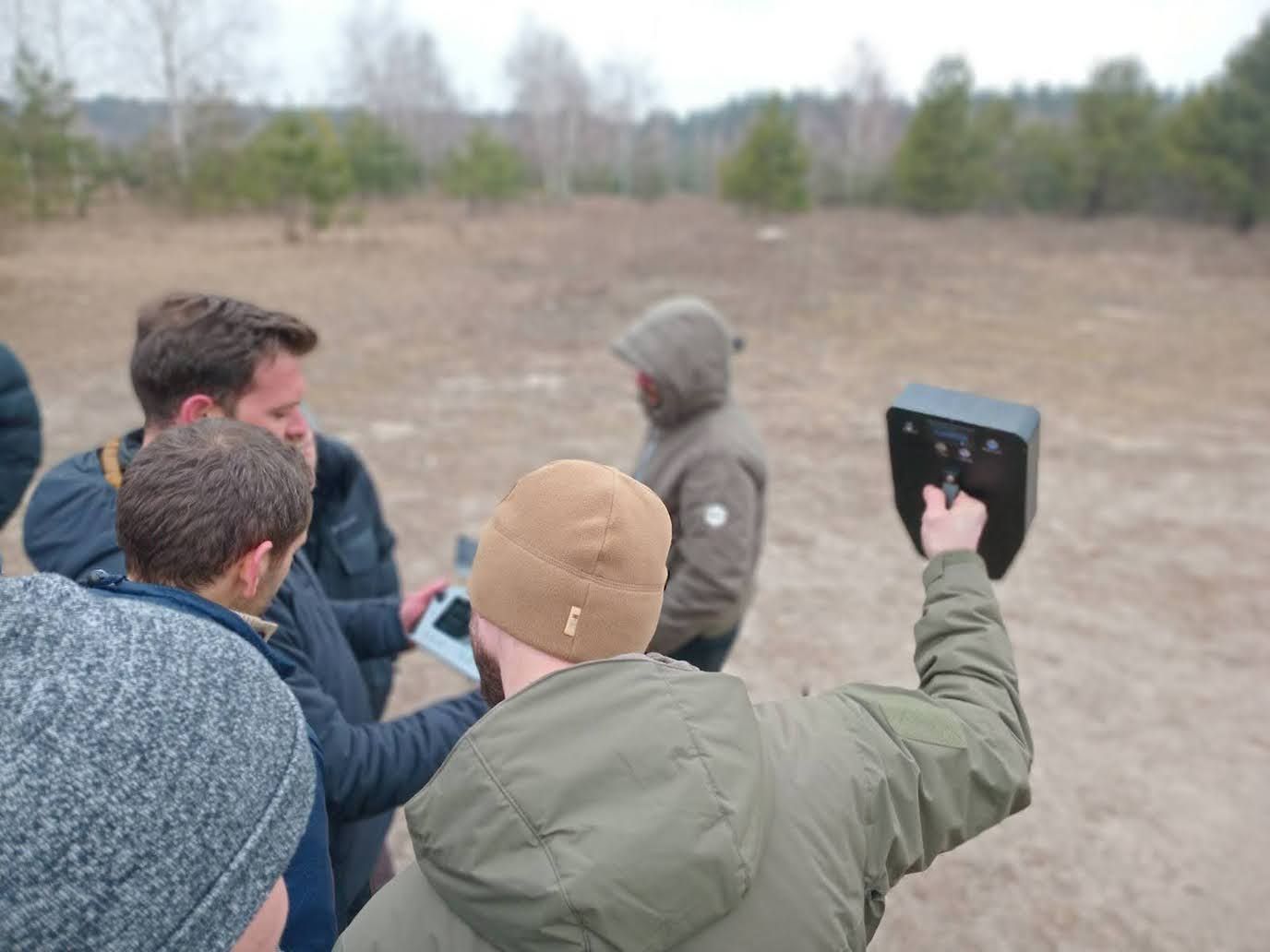
Skydio's commitment to security
Security is also a big deal for us at Skydio. We align closely with the FBI and CISA’s UAS Cybersecurity Recommendations to ensure our drones are secure from the ground up. From secure boot features and AES-256 encryption to regular third-party penetration testing and compliance with ISO 27001:2022 and SOC 2 Type II standards, we leave no stone unturned in securing our drones.
Our security measures include:
- Secure-by-Design: Skydio products, including the X10D, are built with secure boot features, ensuring only Skydio-signed code can operate on the drones.
- Proactive Development and Updates: Regular third-party penetration testing and prompt remediation of vulnerabilities demonstrate Skydio’s proactive security stance.
- Advanced Encryption: Utilizing AES-256 encryption for data in transit and at rest, Skydio ensures data security against potential breaches.
- Network Segmentation and Zero Trust: Skydio drones minimize the impact of cyberattacks through continuous verification and authentication protocols.
- Supply Chain Integrity: Skydio maintains stringent security policies for all components, ensuring NDAA compliance and supply chain transparency.
- External Audits: Regular audits for ISO 27001:2022 and SOC 2 Type II compliance ensure adherence to the highest security standards.
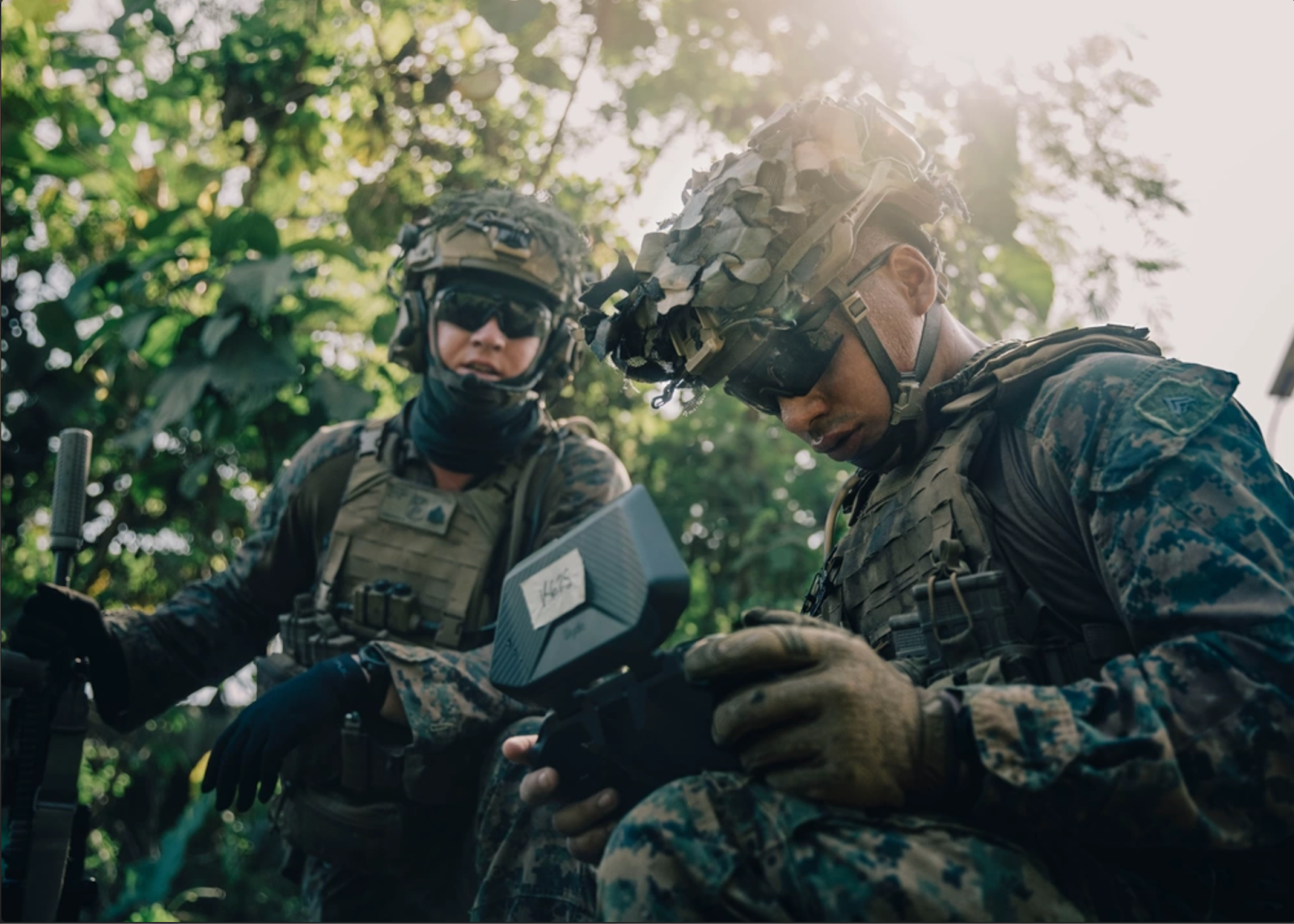
U.S. Marine Corps Sgt. Isaiah McCrary and Cpl. Samuel Bustamante conduct aerial reconnaissance with a Skydio X2D drone during Archipelagic Coastal Defense Continuum in Palawan, Philippines, May 21, 2024. (U.S. Marine Corps photo by Cpl. Joseph Helms)
Conclusion
As global threats evolve, so must our strategies and tools. Skydio's autonomous drones, exemplified by the X10D, provide the U.S. military and other defense entities with the technological edge needed to succeed in today’s complex and contested environments. Our ongoing collaboration with the Defense Innovation Unit, the U.S. Marine Corps, U.S. Army, and federal agencies reflect our dedication to advancing mission-critical capabilities across all domains.
By harnessing the power of AI and cutting-edge technology, Skydio is redefining the boundaries of what’s possible in modern warfare, ensuring that our warfighters, commanders, and operators remain agile, adaptable, and always ready for the challenges ahead.
